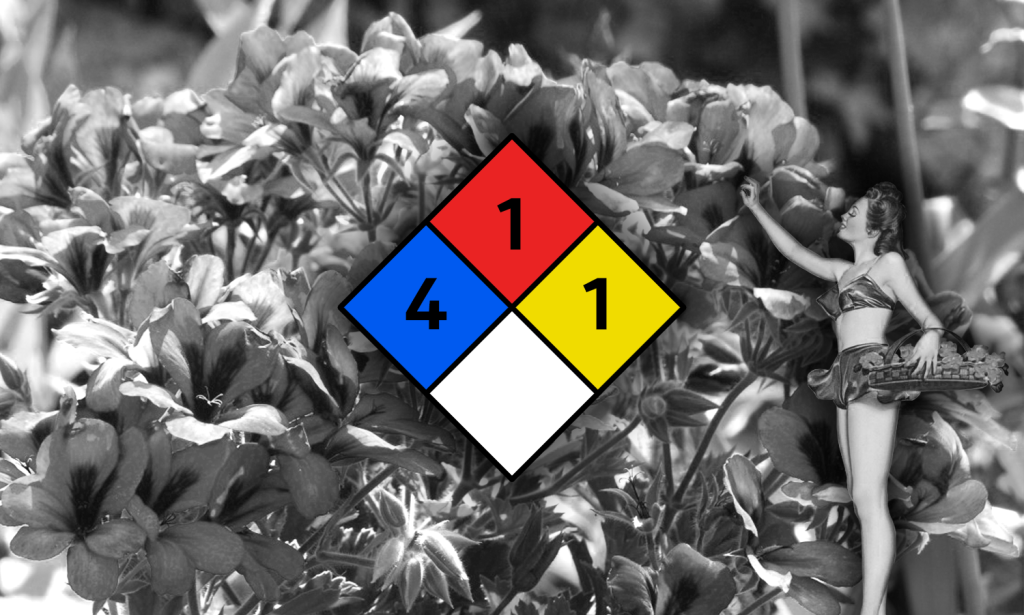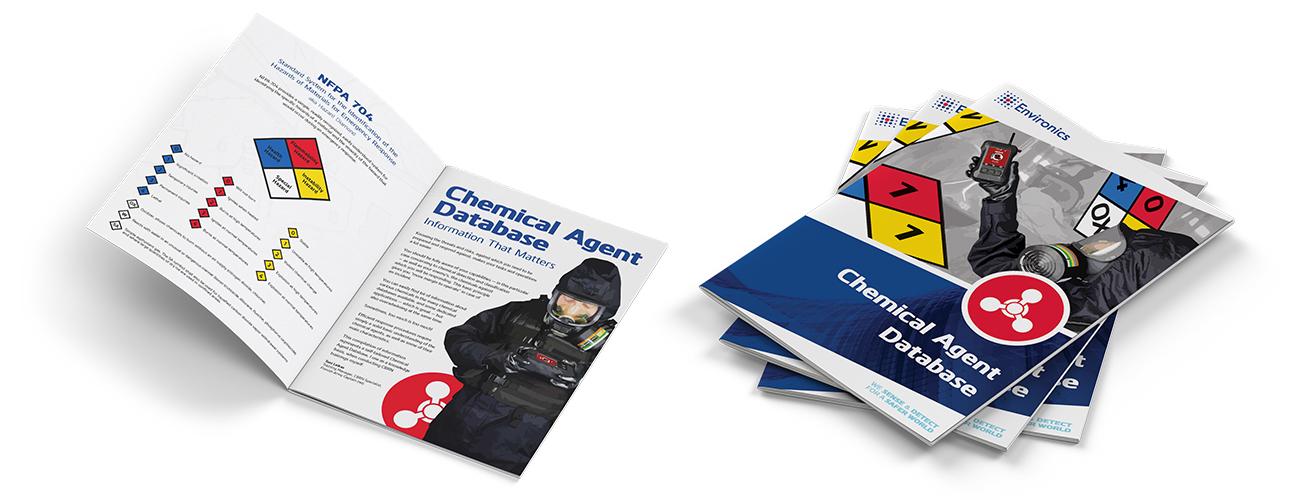When You Smell Geraniums…
It’s Lewisite Gas

Historical Background
Julius Arhur Nieuwland, a Belgian-born Holy Cross priest and professor of chemistry and botany, made the first known synthesis of acetylene and arsenic trichloride in 1904, during his PhD studies, while conducting a research on acetylene, and looking for a solution to synthetic rubber. Over a decade later, in 1917, US Army chemist Winford Lee Lewis developed this arsenical based agent, and named it after his own name: Lewisite.
This blister agent was produced in 1918 to be used in WWI, however the production outcome was too late to be used in the war. Nevertheless, it was used to research and develop chemical agent antidotes. In 1940, the Oxford laboratory first synthesised BAL: British anti-Lewisite.
During World War II, the United States, Great Britain, Germany, the Soviet Union, and Japan produced Lewisite. Although chemical weapons were not used in major combat during World War II, the Japanese used Lewisite and mustard gas in China during most of the war years. In addition, more than thirty-five hundred Chinese died in October 1941, at Ichange in the Yangtze Valley, after a suspected Lewisite attack.
Any stored Lewisite should be already destroyed, according to the directions of Chemical Weapons Convention, by OPCW.
Commercial Uses or Precursor Chemicals
Lewisite has no use for peaceful purposes in commercial, medical, or industrial trades. It has been used only as a Chemical Warfare Agent. The precursor agent arsenic trichloride is in civil use to manufacture pharmaceuticals.
Symptomatology
Lewisite is the main arsenic-based blister agent. When it is pure, it’s a colourless oily liquid and it can appear in shades from amber to dark green, or black in its impure form. Lewisite is odourless when highly pure, but impurities may give it a geranium oil smell – that beautiful flower. Its volatility is higher than the volatility of mustard gas, but still it is a low / medium level volatility VOC. It is a heavier than air persistant agent.
Lewisite not only affects skin and eyes, but also the respiratory system when inhaled. Lewisite does not have latency time, it affects immediately with a feeling of burning, pain, and later blistering. Poisoning symptoms are mostly the same as other mustards like, immediate eye and skin pain, loss of sight, reddening of skin, itchiness, vesicants, nausea, vomiting, hoarseness, lung edema, fever, eyes and respiratory damage, apathy, depression and systematic long-term damages. Possible consequences from systemic arsenic poisoning, among other symptoms, are: intestinal cramps, vertigo, and liver damage.
Response
Leave area and evacuate the exposed people into fresh air, remembering that Lewisite is heavier than air and it would settle in low-lying areas.
For first responders, the protection level in an unknown situation, is the highest level.
In a small spill or leak (less than 200 litres) the initial isolation distance in all directions is 30 meters and the protection distance during day is 100 metres, changing to 300 metres during night.
In a large spill/leak (more than 200 litres) the isolation area is 100 metres in all directions, and the protection distance during day is 500 metres, changing to 1 kilometre during night.
Indicators at an unknown incident, where chemical warfare agents like lewisite are potentially used, are: unexplained odours, low lying chemical clouds, mass casualties, unusual liquid droplets maybe oily, unusual metal debris or delivery equipment, defined pattern of casualties which are different indoors than outdoors, dead animals, and lack of insect life.
Would you like to know more?

Get your own issue of the “Chemical Agent Database – Information
That Matters” and gain access to extra content!

Leave a Reply